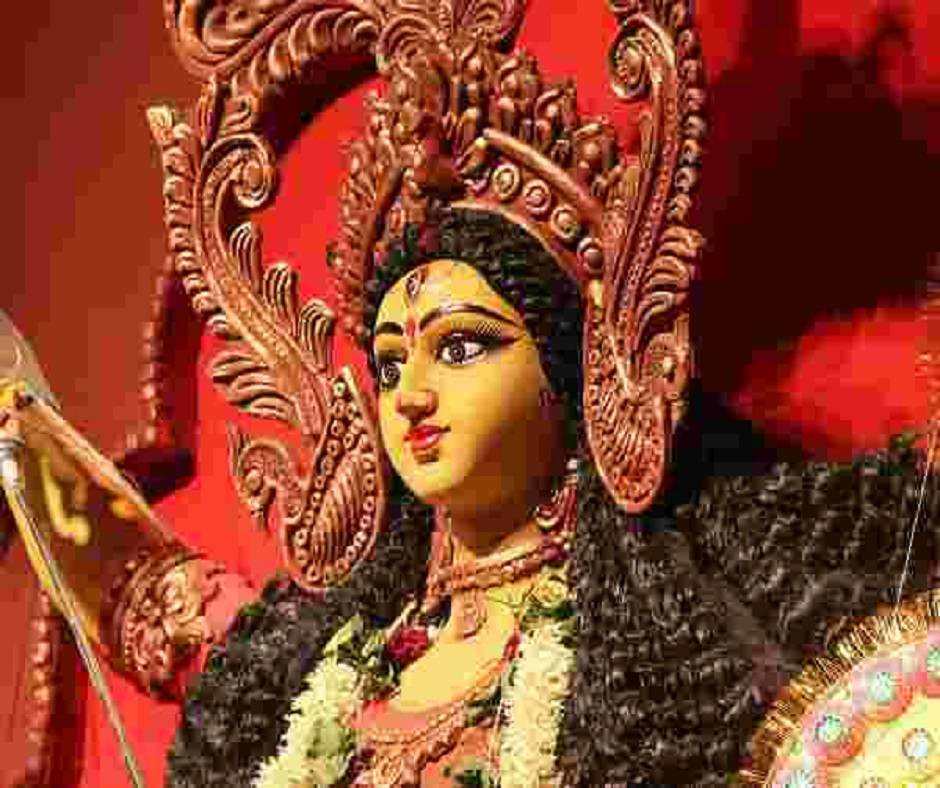
Navaratri, also known as Sharada Navarati or Navrata, is an important Hindu festival celebrated by Hindus all over the world and in India during the course of nine nights after the monsoon season. It is primarily a celebration of the triumph of good over evil.
Navratri has diverse meanings in different parts of India and is celebrated in the Hindu calendar month of Ashvin, which falls between September and October.
Navratri 2021
Navratri will begin on the 7th of October with Shailputri and concludes on October 26 with Vijay Dashami and Durga Visarjan (the immersing of the idol). The Ghatasthapana Muhurta occurs on Pratipada Tithi. The divine Goddess Durga, who defeated the demon king Mahishasura in a fight, is honored on Navratri, which translates to Nav meaning nine and Ratri meaning nights.
Why is Navratri celebrated?
According to legend, Lord Brahma promised immortality to the demon king Mahishasura on the condition that he could only be vanquished by a woman. Nobody could beat Mahishasura because he attacked the three spheres, Trilok, which comprises Earth, Heaven, and Hell. The energies of Lord Brahma, Lord Vishnu, and Lord Shiva were then united to become Goddess Durga.
A 15-day long battle occurred between Mahishasura and Goddes Durga, during which the demon king switched forms to confuse the goddess. Goddess Durga killed Mahishasura with her trishul when he transformed into a buffalo. It was Mahalaya Day, and Mahishasura was slayed.
What are the 9 days of Navratri?
Over the course of the nine days the different avatars of Goddess Durga are honoured. They are Goddess Shailputri (Day 1), Goddess Brahmacharini (Day 2), Goddess Chandraghanta (Day 3), Goddess Kushmanda (Day 4), Goddess Skandamata (Day 5), Goddess Katyayani (Day 6), Goddess Kaalratri (Day 7), Goddess Mahagauri (Day 8) and Goddess Siddhidatri (Day 9).
Families and friends gather to celebrate this event in accordance with their customs. During the festival in Gujarat, dandiya is played, and most people fast and spend their time in prayer.
Durga Puja is celebrated in the east, while Ram Leela, a visual retelling of the Ramayana, is performed in the north.
The celebration lasts nine days, ending in Dussehra, when straw effigies of Ravana are burned to symbolize good achieving victory over evil.
Note – This is an Indian festival celebrated by all the Hindus including the farming community.
















